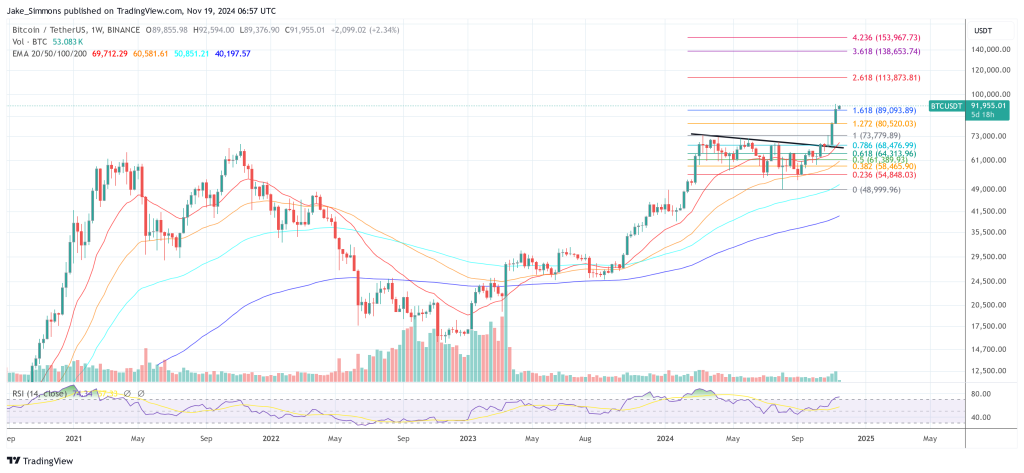Copy and pasting this summary from a twitter thread by @beaniemaxi since the PDF is 18 pages long.
The thesis basically says that unlike Bitcoin, Ethereum can be used to facilitate complex transactions which gives it a unique money like utility that hasn’t really been considered.
Ether can be deflationary, as opposed to the fixed cap of Bitcoin. However, Fidelity notes that the rules are constantly changing due to protocol upgrades and measures. This creates a risk to the investment thesis.
As a means of payment, the variable cost of transactions limits potential IRL use cases. And overall the user experience is bad because it isn’t a reliably cheap value transfer network. But either is Bitcoin.
So in summary, Fidelity says that the Ethereum network demand driver designed to increase the Ether token price with use is evident. We’ve seen this play out during times of heavy network usage and overall crypto hype.
However, these same demand drivers are extremely nuanced and keep changing over time with various protocol upgrades. The emergence of scaling (like L2 networks) creates a risk to the investment thesis as it generates more unknowns for the ultimate use and value of the Ether token.
Link to thesis from fidelity: https://www.fidelitydigitalassets.com/sites/default/files/documents/1101895.1.0%20-%20FDAS%20ETH%20Investment%20Thesis%20%2808.14%29.pdf
[link] [comments]

You can get bonuses upto $100 FREE BONUS when you:
💰 Install these recommended apps:
💲 SocialGood - 100% Crypto Back on Everyday Shopping
💲 xPortal - The DeFi For The Next Billion
💲 CryptoTab Browser - Lightweight, fast, and ready to mine!
💰 Register on these recommended exchanges:
🟡 Binance🟡 Bitfinex🟡 Bitmart🟡 Bittrex🟡 Bitget
🟡 CoinEx🟡 Crypto.com🟡 Gate.io🟡 Huobi🟡 Kucoin.

















Comments